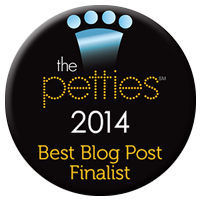
You are here
Reading the Ingredient Panel 101
Here are some definitions, as to what, exactly, we are feeding our cats. Feel free to add ones that you come across or have questions about. Also, feel free to be disgusted and not feed some of this stuff to your cat.
Chicken-By-Product-Meal: Chicken by-product meal consists of the ground, rendered, clean parts of the carcass of slaughtered chicken, such as necks, feet, undeveloped eggs and intestines, exclusive of feathers, except in such amounts as might occur unavoidable in good processing practice.
Wheat Gluten: (from Wikipedia) Wheat gluten, also called seitan..., wheat meat, gluten meat, or simply gluten, is a food made from the gluten of wheat. It is made by washing wheat flour dough with water until all the starch dissolves, leaving insoluble gluten as a gummy mass, which is subject to further processing.
Corn Gluten Meal: Corn gluten meal (CGM) is a natural substitute for synthetic pre-emergence herbicides. Pre-emergence herbicides attack seeds while they're still in the ground, before the seedlings emerge from the soil. CGM is a by-product of commercial corn milling that contains the protein fraction of the corn. Its use poses no health risk to people or animals. In fact, because it is 60% protein, corn gluten meal is used as feed for cattle, poultry, fish, and dogs. In addition to the 60% protein, corn gluten meal is 10% nitrogen, by weight. Corn gluten meal is the byproduct after the manufacture of corn syrup or starch, and is the dried residue after the removal of the bran, germ, and starch. [note: but it's CORN, errrrr...a GRAIN...you don't feed this to your CARNIVORE-CAT!]
Fish Meal: Fish meal is the clean ground tissue of undecomposed whole fish or fish cuttings, with or without the oil extracted.
Dried Egg Product: (From 3D Corp. Solutions) There are three main sources of egg liquid used in the Pet food industry, Grader, Breaker, and Hatchery. The only sources used in the egg 3D sells are the Grader and Breaker. These two sources are handled the best of the three sources. They are collected daily, kept cool and dried within a day of being collected. Grader liquid comes from egg facilities that sell shell eggs to grocery stores. If an egg is cracked or dirty it goes to inedible, otherwise the egg liquid is as good as edible egg liquid. The Breaker Egg is from egg facilities that break eggs to be used in mixes or frozen for restaurants or bakers. The egg liquid collected is mostly egg white left when the yolk is separated.
There is no Hatchery waste in the Premium Egg Product sold by 3D. Hatchery waste is the egg liquid that comes from the eggs that do not hatch. Its use can lead to off odors in the dried egg product. [YUCK!]
Tocopherols: a natural antioxidant and Vitamin E source, and human-quality ingredients to slow the oxidation process of fats and oils to ensure its premium pet food products remain fresh as in their initial state. Vitamin E is an antioxidant that retards the oxidation of other vitamins.
BHA, BHT and/or Ethoxyquin: In general, foods will spoil without some form of temperature control or preservatives. BHA, BHT, and ethoxyquin are chemical antioxidants designed to extend the shelf life and reduce fat spoilage (rancidity) of pet foods and pet treats. Chemical additives and artificial preservatives such as BHA, BHT, and ethoxyquin may cause dry skin, allergic reactions, dental disease, and poor health, as well as stimulate adverse effects on liver and kidney functions.
Specifically, BHA, short for Butylated Hydroxyanisole, and BHT, Butylated Hydroxytoluene, are both artificial preservatives added to oils to slow down deterioration. BHA and BHT (as well as ethoxyquin) are used in numerous pet food brands, including both "premium-grade" brands like Science Diet (even their prescription diet product line) and lower-grade brands like Alpo and Pedigree, to replace vitamin E, which is removed during oil processing. Studies have shown that BHA and BHT promote liver disease and other medical problems.
Ethoxyquin is a chemical preservative – and possible carcinogenic – regulated by the FDA (U.S. Food and Drug Administration) as a pesticide. While ethoxyquin cannot be used in human foods, it continues to be used in many pet food brands. Ethoxyquin has been found to promote kidney carcinogenesis and significantly increase the incidence of stomach tumors and enhanced bladder carcinogesis, according to several studies, including a recent one by The Department of Pathology, Nagoya City University Medical School, Japan.
From another source: (Little Big Cat) Some of the worst include BHA, BHT and ethoxyquin. Monsanto, manufacturer of ethoxyquin (a rubber stabilizer), in 1993 was ordered to conduct a new study of this preservative due to faulty test protocols and alleged doctoring of data in its initial report. Not surprisingly, the second study, completed in 1996, found no problems associated with ethoxyquin in pet food. Given Monsanto's track record, do you believe this? Ethoxyquin is banned from nearly all human food products (except certain spices) due to its cancer-causing properties.
So, let's see...hmmm...do I want to feed this to my cat and give her cancer? NO!


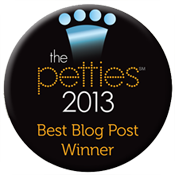
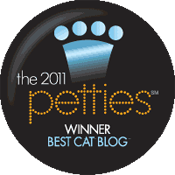
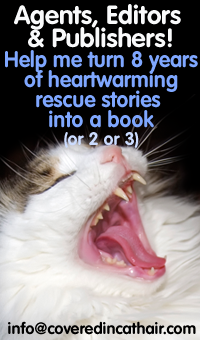
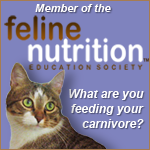






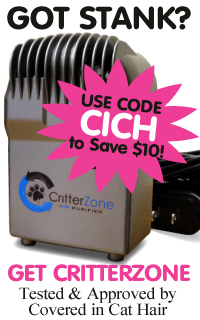
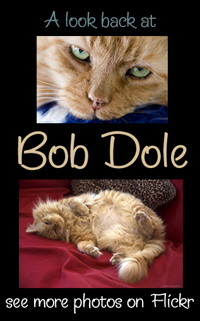

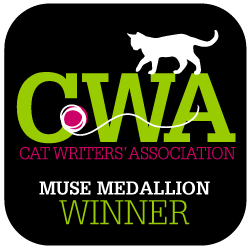
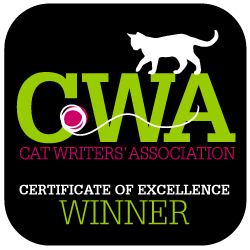
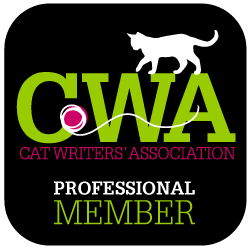
Add new comment